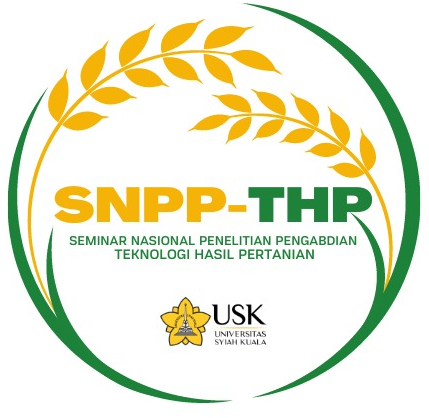

Frozen food is a type of frozen food that is made or partially made that is frozen at a temperature of minus 20°C and can be stored for 1.5 months. To maintain the quality of frozen food, packaging modifications can be made to maintain the quality of frozen food products by using vacuum packaging. The working principle of vacuum packaging itself is to remove all the air from the package, then close it tightly to create a condition without oxygen in the package. The absence of oxygen can inhibit the growth of destructive microorganisms and chemical reactions, thus extending the shelf life of packaged products. The purpose of this review is to conduct a literature review on the use of vacuum packaging in the quality of frozen food to increase public knowledge of the quality of frozen food products using vacuum packaging for products of the type of meat, chicken, sausage, and nuggets. Packaging that uses a vacuum is used in the form of heat-shrink wrapping and vacuum skin packaging. The advantage of using heat-shrink wrapping, which is a form of vacuum packaging, is that the process is faster than vacuum packaging and usually uses low-cost films. The use of vacuum skin packaging technology reduces air wrinkling, minimizes the risk of bacterial growth, and extends product life. The decrease in oxygen levels in vacuum skin packaging compared to standard vacuum packaging minimizes oxidative reactions and reduces aerobic microbial growth. In vacuum skin packaging, the top cover film of the product is heated, causing the film to shrink tightly around the product.
Keywords:
Frozen food, Vacuum, Vacuum Skin Packaging
Conference title:
SEMINAR NASIONAL PENELITIAN DAN PENGABDIAN TEKNOLOGI HASIL PERTANIAN (SNPP-THP): Inovasi dan Tantangan Pengembangan Produk Hasil Pertanian yang Halal, Aman, dan Berdaya Saing Tinggi
Page number:
48-52
Volume:
2
Issue:
1
Publication date:
17 October 2022